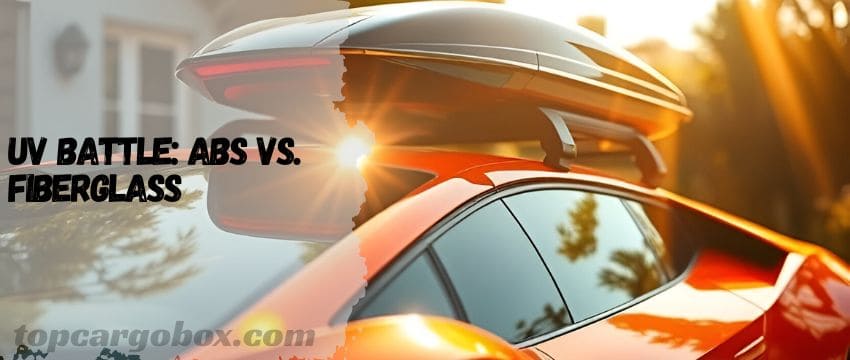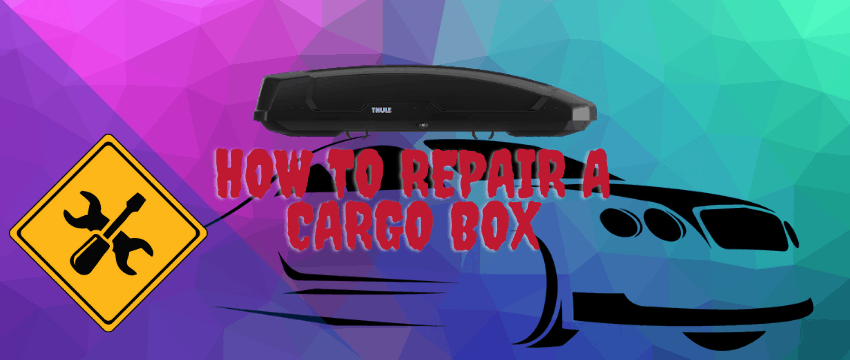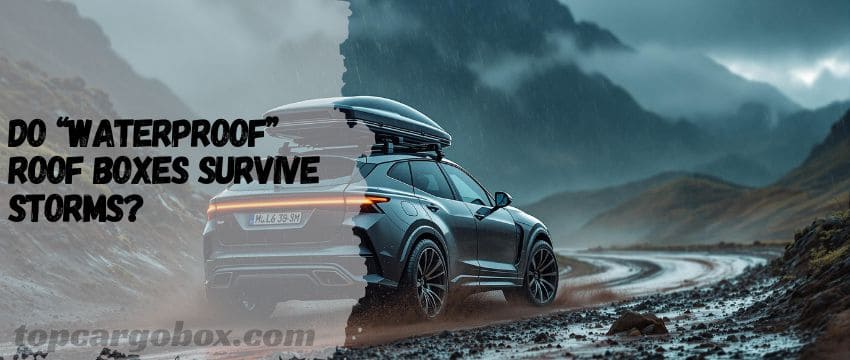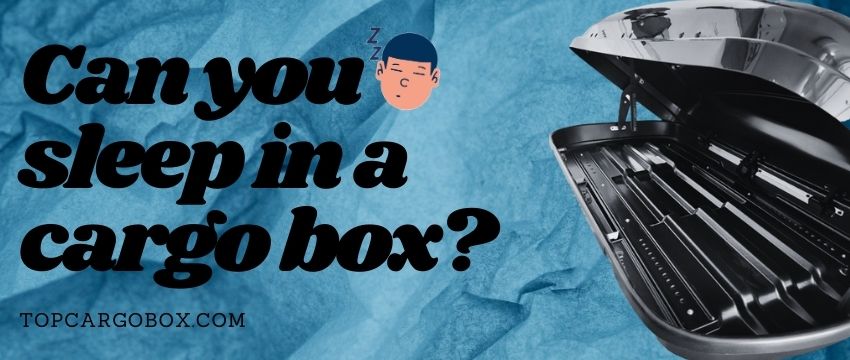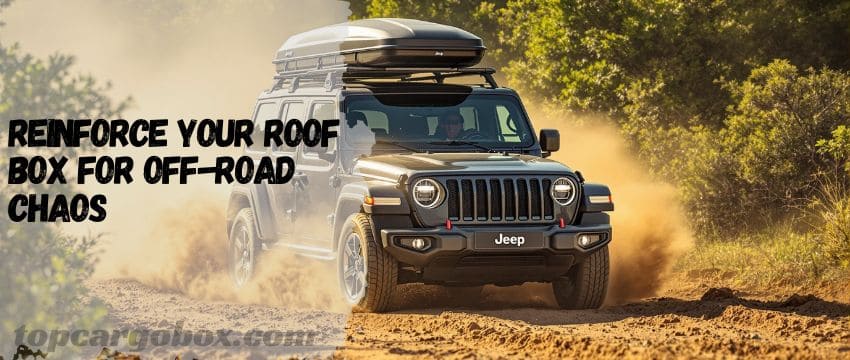What’s up, sun warriors? You’ve got your roof box baking in the Arizona sun for years—now it’s faded, brittle, and cracking like grandma’s fine china. Was it the UV rays? For real. But why did your neighbor’s fiberglass box survive unscathed? Let’s roast the science behind UV damage on ABS and fiberglass—and how to keep your gear from turning into a crispy critter.
UV 101: Why Sunshine is a Silent Killer
How’s it going, material nerd? UV rays don’t just give you sunburns—they break chemical bonds in plastics and resins. 300-400 nm wavelengths are the worst offenders, sneaking past Earth’s atmosphere to wreck your stuff. That’s crazy! ABS and fiberglass handle this differently, though. Grab SPF for your roof box—let’s dive in.
ABS Plastic: The Fade & Crumble Saga
The Brittle Truth
ABS (Acrylonitrile Butadiene Styrene) starts strong but cracks under UV pressure. After 2 years of direct sun, it loses 40% of its tensile strength. That sucks if you’re hauling heavy gear. Fading kicks in around 6 months—hello, vintage pink roof box!
Why ABS Hates UV
UV breaks down the butadiene in ABS, turning it yellow and brittle. Heat accelerates this—parked cars can hit 160°F, making ABS 3x weaker. Same here—my old Xbox controller crumbled the same way.
Can You Save ABS?
UV-resistant coatings ($20 spray cans) help, but they wear off in 1-2 years. Parking in shade adds 3+ years to its life. No big deal, but who has garage space?
Fiberglass: The UV-Resistant(ish) Hero
Resin is the Weak Link
Fiberglass itself (the glass strands) laughs at UV. But the polyester resin holding it together? Not so much. After 5 years, resin yellows and loses 25% flexural strength. Bummer.

Gel Coat to the Rescue
Most fiberglass boxes have a gel coat layer that blocks 70-80% of UV. Once it wears thin (around 7 years), the resin underneath starts dying. Dude, yes—wax it yearly to keep the shield strong.
Repair Hacks for Sunburns
Sand off damaged resin, apply new epoxy ($50 kit), and re-gel coat. Labor-intensive? Totally. Cheaper than a new box, though.
The Data: How They Stack Up Over Time
ABS After 5 Years
- Color: Faded to 50% original
- Strength: 60% loss
- Cracks: 80% chance
- Cost to Replace: $300-$600
Fiberglass After 10 Years
- Color: 20% fade (if gel-coated)
- Strength: 30% loss (resin only)
- Cracks: 10% chance
- Cost to Refurbish: $150-$400
Real-World Survival Stories
Arizona RV Owner’s ABS Meltdown
After 3 years, Mark’s Thule box split open on I-10. “Looked like a popped bag of chips,” he said. UV + 120°F heat = disaster.
Florida Fisherman’s Fiberglass Win
Jesse’s 1998 Yakima box? Still kicking after 25 years. Secret? “Wax it like a Corvette.” Gel coat for the win.
DIY UV Protection Hacks
Ceramic Coating Madness
303 Touchless Sealant ($25) reflects 90% of UV. Lasts 6 months—spray it on during oil changes. That’s lit!
Reflective Covers
Aluminized tarps ($40) slash interior temps by 30°F. Strap it down with bungees—old school but works.
UV Damage Specs
Material | UV Weakness | Lifespan (Full Sun) | Save Hack |
|---|---|---|---|
ABS Plastic | Butadiene breakdown | 2-5 years | UV spray + shade |
Fiberglass | Resin degradation | 10-20 years | Gel coat waxing |
Wrap-Up: Fight UV Like a Pro
Catch you later, sun-faded gear! Whether you’re team ABS or fiberglass, UV’s gonna brawl. Arm your roof box with coatings, shade, and TLC. Now go park smart—your wallet will thank you.
FAQs
Is fiberglass susceptible to UV rays?
Yes, but only the resin—not the glass fibers. Unprotected resin yellows and weakens after 5-7 years of sun. Gel coatings block 70% of UV damage. Wax annually to keep it safe.
Is ABS plastic UV stable?
Nope. ABS cracks and fades fast without protection. UV-resistant sprays add 2-3 years, but it’s still a ticking clock. Park in shade or cover it when unused.
What is the most UV-resistant material?
Carbon fiber (with UV-stable resin) tops the list. It laughs at sun damage for 20+ years. Downside? Costs 3x more than fiberglass.
What materials are affected by UV degradation?
Plastics (ABS, PVC), rubber, untreated wood, and most paints. Even metals like aluminum oxidize. Only glass, ceramics, and certain alloys (stainless steel) resist fully.
What materials do not block UV rays?
Regular glass blocks UVB but not UVA. Clear plastics (like PVC) let 60% of UV through. For full protection, use tinted acrylic or UV-filter films.
Our team is creating outdoor-gear relevant articles with passion. If our articles can help you to find the correct solutions for your questions, we will be happy about that. In the content creation process, we usually collect accurate and useful information online or offline to compile our content in an organized way. Consequently, we can guarantee that you can discover some expected answers to your questions. We appreciate your time on our site.

